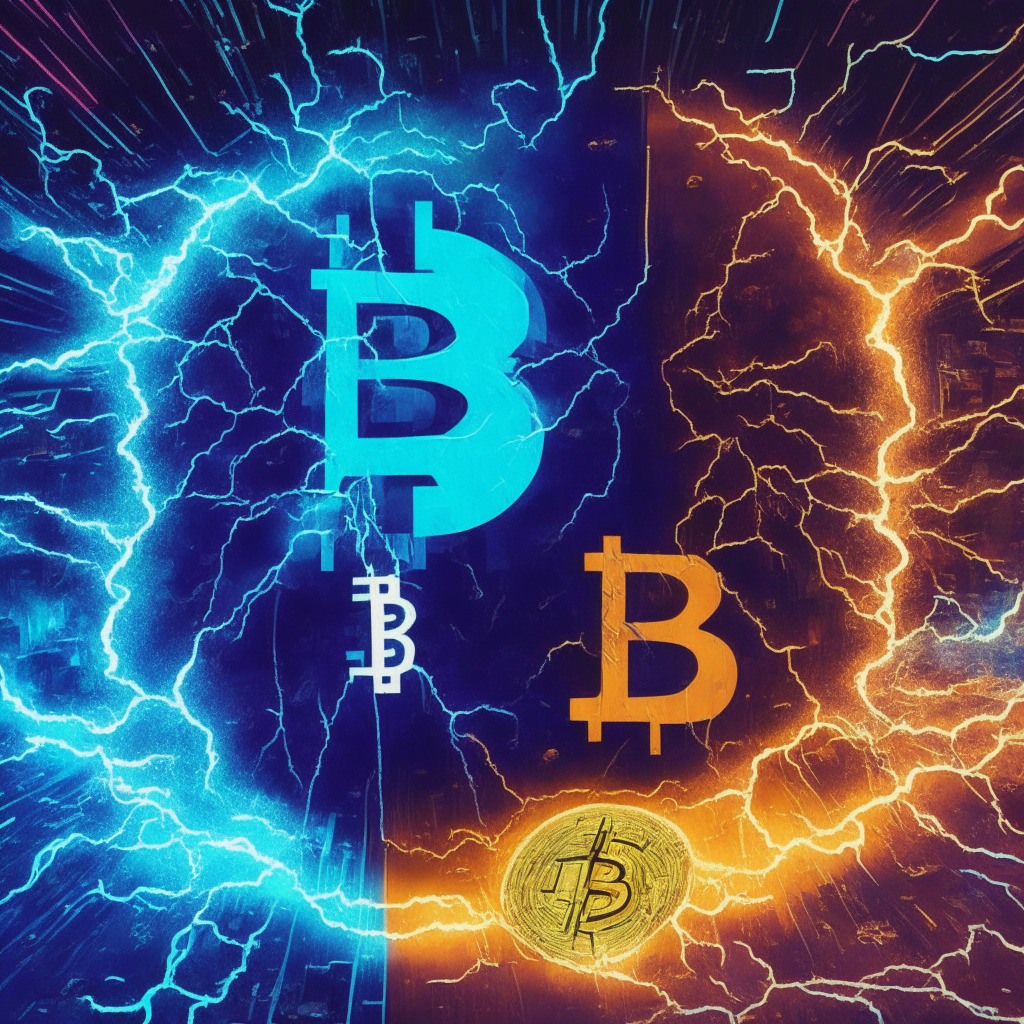At the recent World Token Summit in Dubai, a panel of experts discussed the potential of tokenization to revolutionize industries, bringing various benefits such as asset fragmentation, fund distribution, and access to digital identities. However, they also acknowledged the considerable challenges that organizations may face in adopting this innovative approach to digital assets.
Jeremy Firster, the Global Head of Partnerships at Cardano Foundation, emphasized that the benefits of tokenization lie in utility creation. By capturing assets’ digital identities, ownership, and histories, tokenization can provide a transparent and secure representation of real-world assets. Ellis Wang, a former banking executive, concurred, noting that the transparency and security of blockchains naturally make the tokenization of assets advantageous, especially in areas like smart contract deployment.
As promising as tokenization may sound, the panelists also recognized the challenges that organizations must navigate in its pursuit. For instance, both the rapid emergence of new technologies and the need for stringent know-your-customer (KYC) and know-your-transaction (KYT) processes can complicate matters for those seeking to tokenize assets. Despite these difficulties, the panelists remained optimistic about the potential of tokenization to transform various industries.
Forensic analysis can play a key role in boosting adoption of tokenization, according to Firster. He asserted that advancements in address tracking and the accessibility of large entities’ transaction histories enable businesses to ensure that funds are clean before being utilized in a trade finance model. The challenge, therefore, is to determine what information needs to be embedded within tokenized assets to maintain compliance and foster wider adoption.
As an example, tokens tied to real estate should have a means of verifying on-chain whether the underlying asset genuinely exists outside of the blockchain. This typically necessitates digital signatures and embedded identity solutions, both of which are integral components of KYC practices. Meng Chan Shu, head of business development at the Ras Al Khaimah Digital Assets Oasis, noted the importance of understanding and focusing on the specific purposes that tokens serve within the broader context of tokenization. He encouraged the community to continue building, despite the hurdles that they may face in leveraging tokenization’s transformative potential.
Source: Cointelegraph




